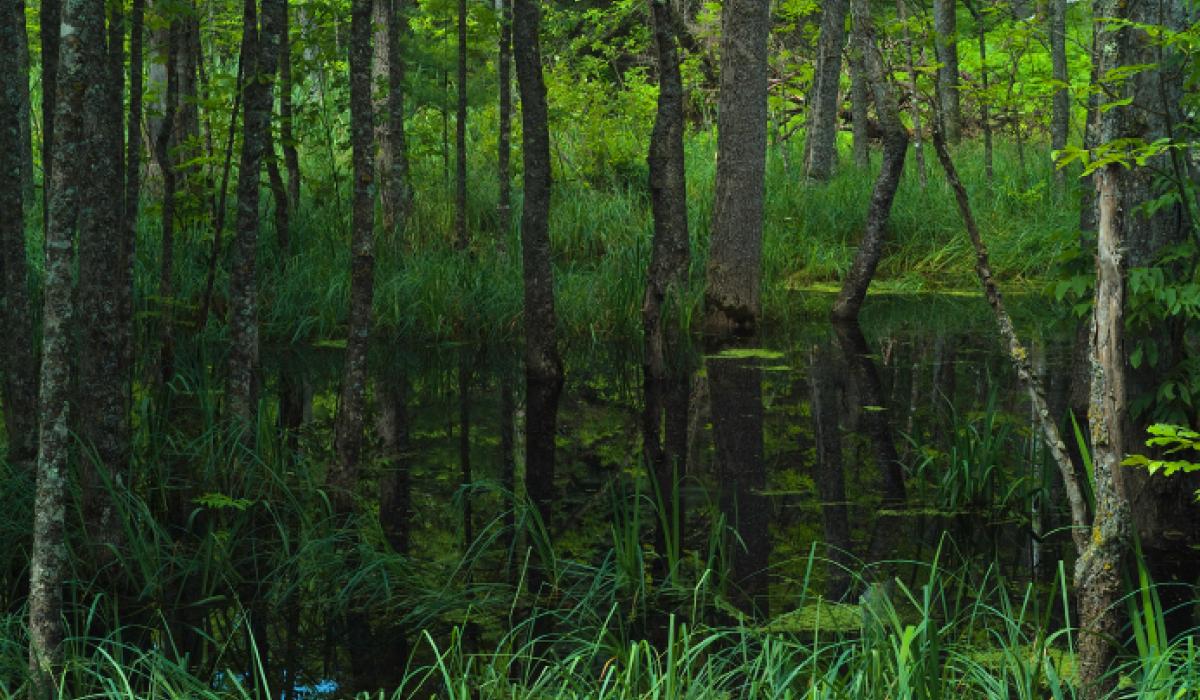
The duration of the gonotrophic cycle and survivorship of Anopheles vestitipennis Dyar & Knab was estimated in 2 malarious areas of Chiapas, Mexico: the Lacandon Forest and the Pacific Ocean Coastal Plain. Blood-engorged females held in an outdoor cage required 2.75 d for egg maturation, and 3.75 d for the duration of the gonotrophic cycle.
Duration of the gonotrophic cycle also was estimated by parous-nulliparous dynamics for 20 consecutive days and autocorrelation time-series analysis, and by mark-recapture techniques. These methods depicted differences between the Lacandon Forest (3-d cycle) and the Coastal Plain (2–3 d cycles).
Daily survival rates were estimated vertically and were generally higher in the Lacandon Forest (0.68) than in the Coastal Plain (0.45–0.58). The probability of mosquitoes surviving the sporogonic cycle was 10–100 times greater in the Lacandon Forest. The pregravid rate was 8.2%, and 29.3% of females with primary follicles beyond Christophers’stage III had traces of red blood in the gut.
The 1st statistic indicated that 8.2% of females required >1 blood meal for initial egg development, the 2nd statistic indicated that 29.3% of females take >1 blood meal during a gonotrophic cycle. In summary, the enhanced vectorial role of this species is explained partially by high longevity and multiple blood-feeding habits.
| BACK | Source: Journal of Medical Entomology |
